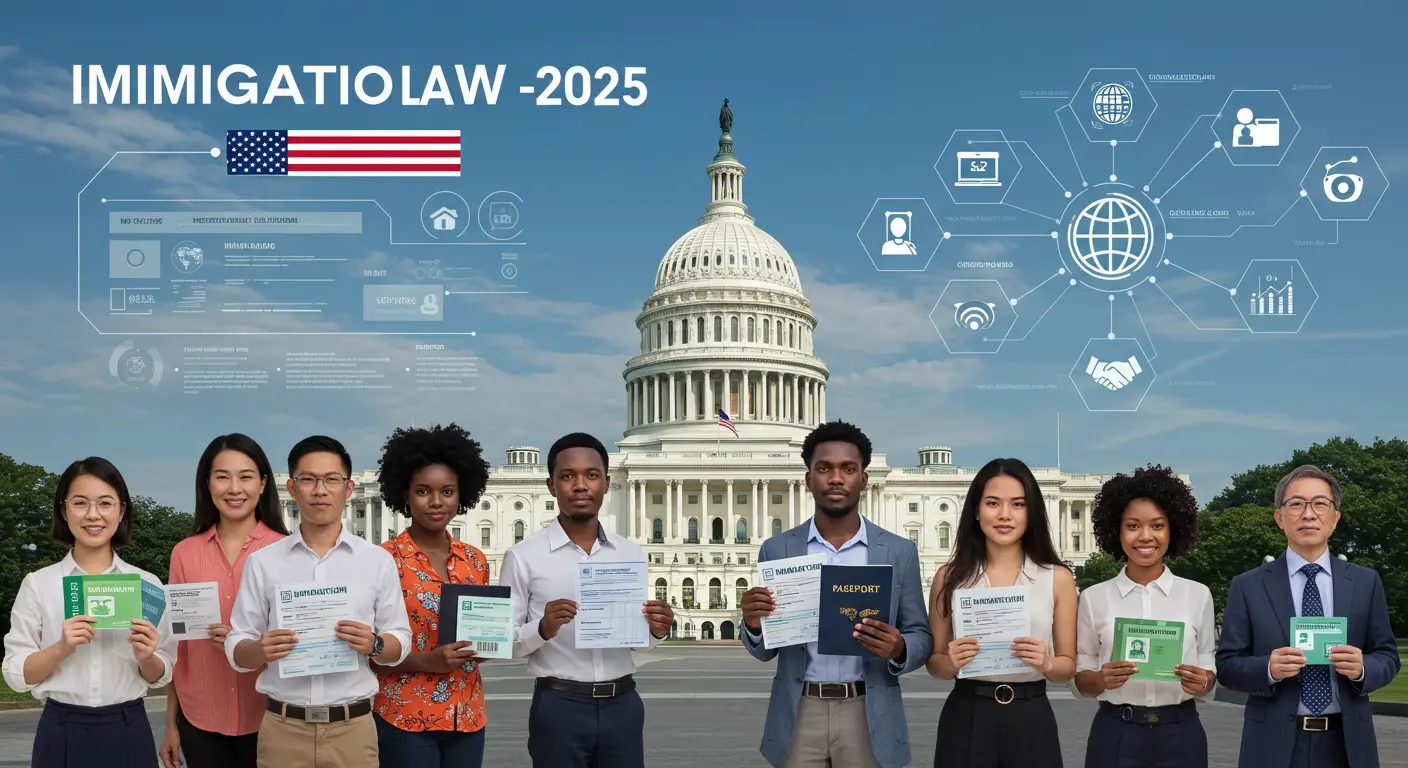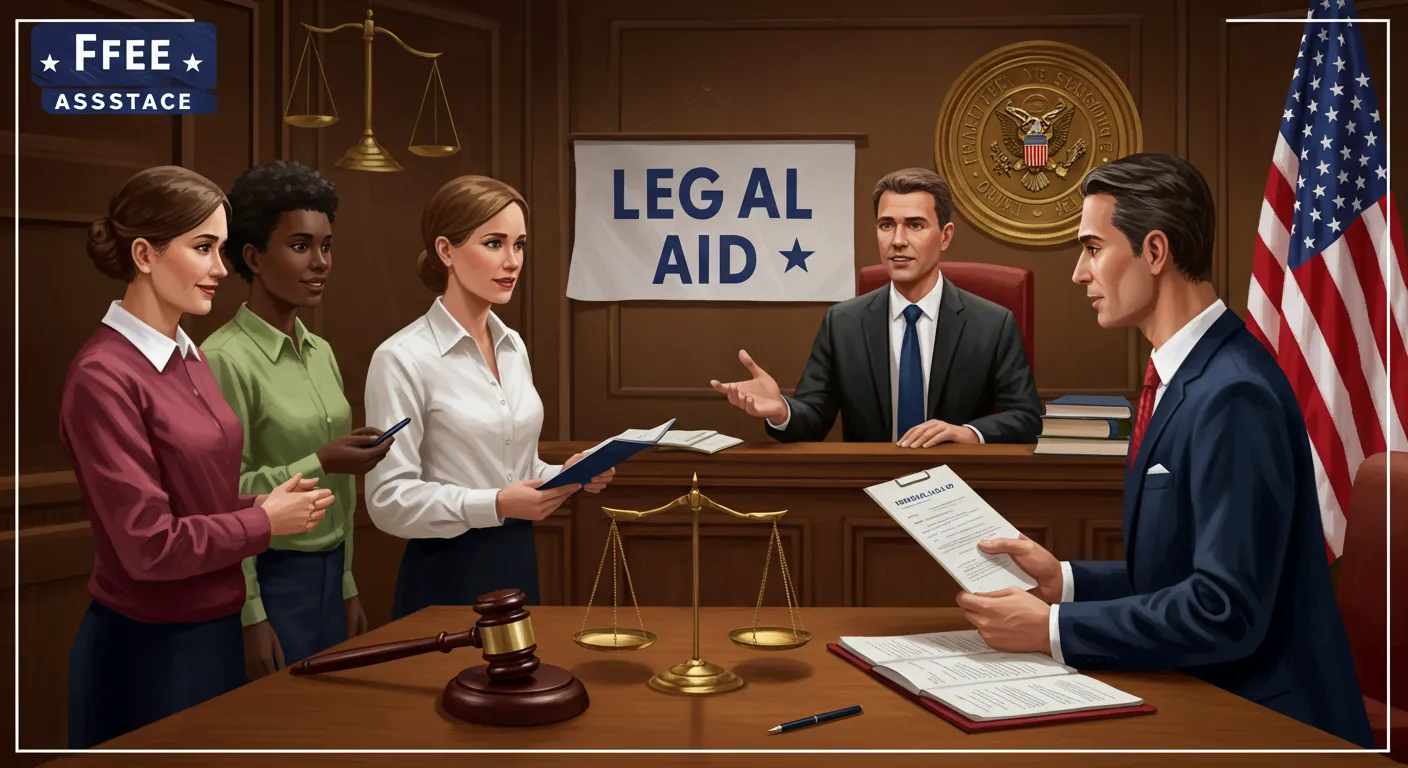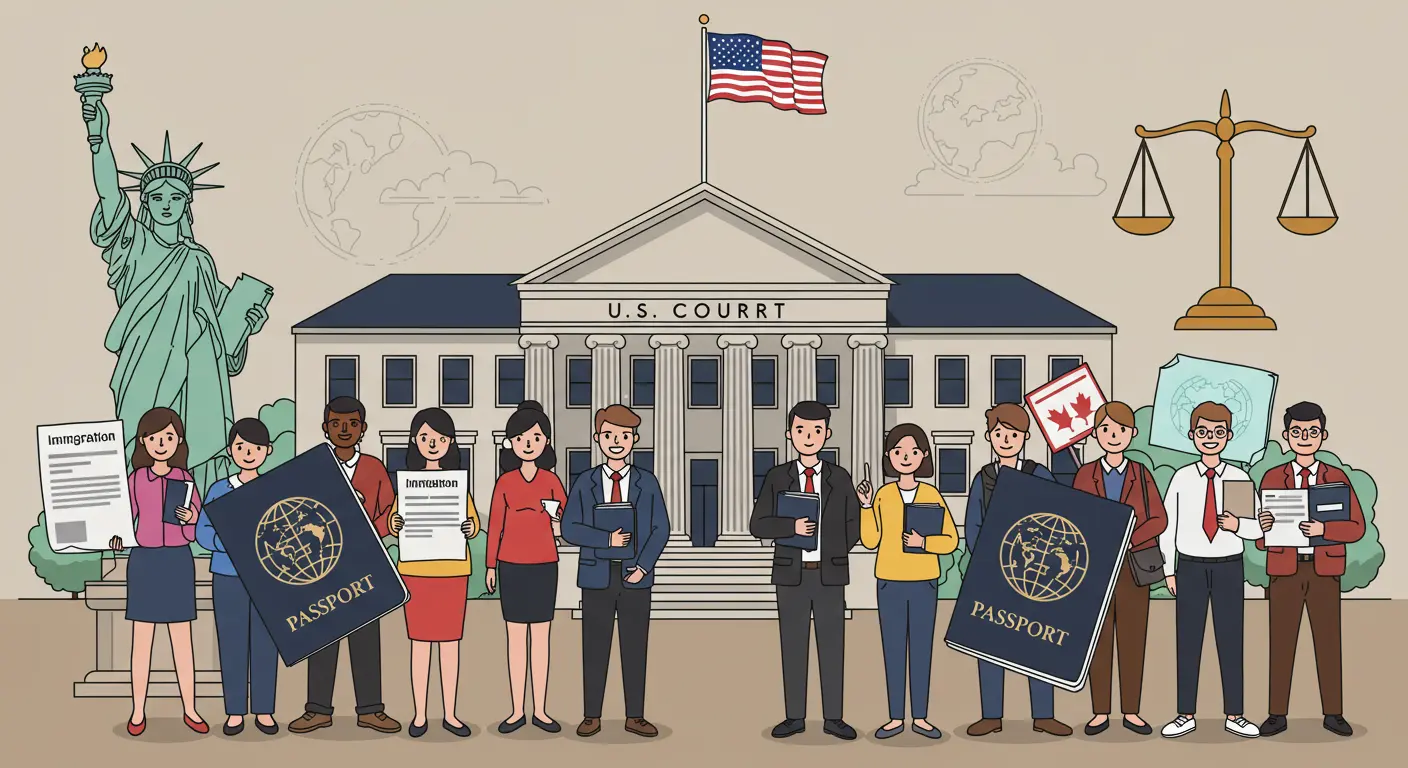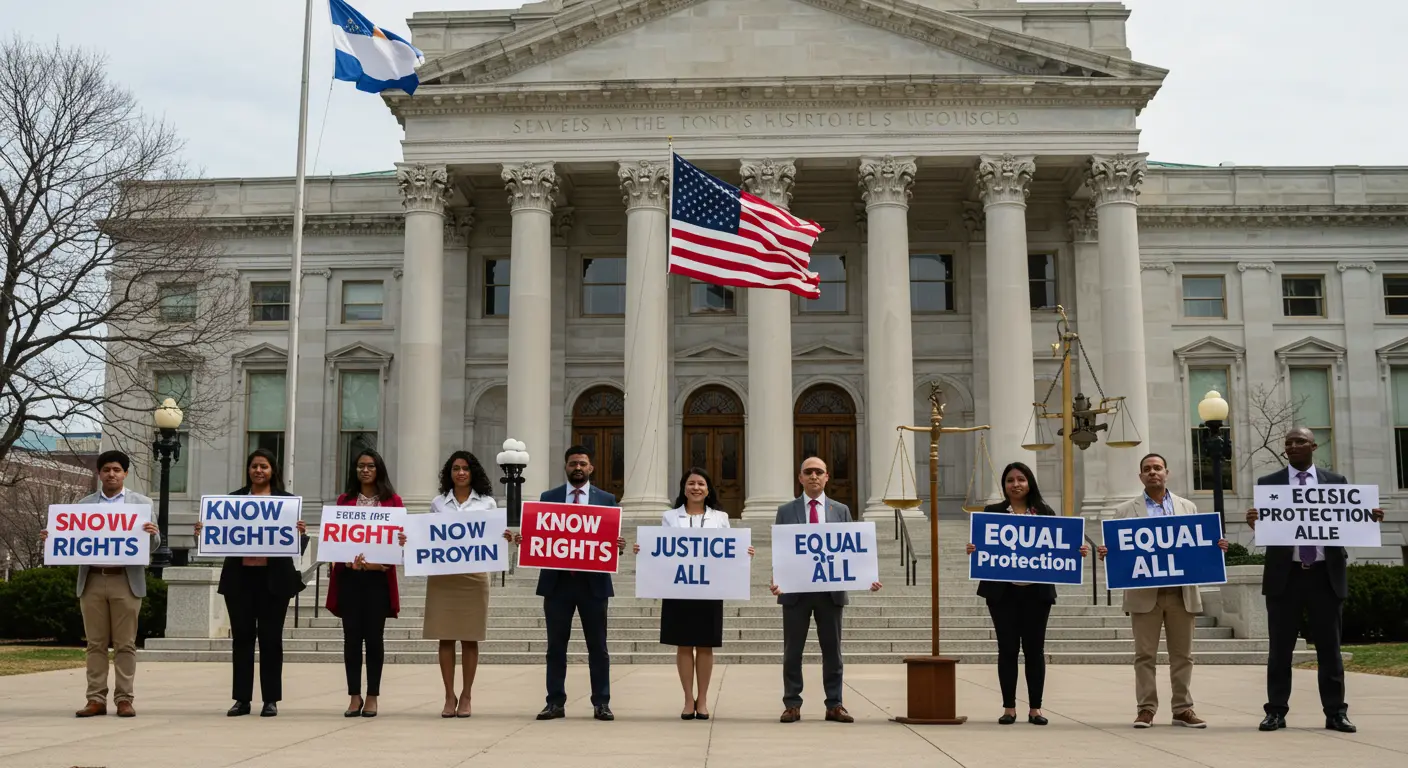The American immigration law 2025 marks a significant shift in how the United States handles foreign nationals entering, staying, and seeking residency or citizenship in the country. With recent reforms aimed at simplifying legal immigration and strengthening border security, the U.S. government has overhauled key aspects of visa processing, Green Card applications, and asylum policies.
In this comprehensive guide, we break down the major changes, what they mean for applicants, and how you can navigate the new U.S. immigration landscape in 2025.

Key Highlights of American Immigration Law 2025
-
Faster Green Card processing for skilled workers
-
New merit-based immigration point system
-
Updated list of approved Visa types
-
Streamlined asylum and refugee application process
-
Revised path to citizenship
-
Expanded digital immigration portal for faster services
Why the 2025 Reforms Matter
The American immigration law 2025 was enacted in response to growing demand for skilled labor, humanitarian responsibility, and security enhancement. These changes are designed to:
-
Attract global talent
-
Address labor shortages
-
Protect U.S. borders
-
Improve fairness and efficiency in the system
With technology, legal transparency, and policy alignment, 2025 has become a turning point for U.S. immigration policy.
Updated Visa Categories Under Immigration Law 2025
The revised American immigration law 2025 provides a more structured and modern visa system:
| Visa Type | Purpose | Changes in 2025 |
|---|---|---|
| H-1B | Skilled workers | Increased annual cap to 120,000 |
| F-1 | Student visa | Streamlined transition to work visa |
| EB-5 | Investor visa | Lowered investment threshold |
| K-1 | Fiancé visa | Faster background checks |
| O-1 | Extraordinary ability | Broader eligibility for artists, researchers |
This update reflects America’s commitment to attracting talent while maintaining border security.
Green Card Process in 2025
The path to lawful permanent residence in 2025 has been overhauled for faster processing and increased accessibility.
Key Changes:
-
Electronic biometric appointments
-
Online document submission and tracking
-
Priority to STEM, healthcare, and tech professionals
-
Family-based Green Cards processed within 12 months
The Green Card process is now managed through a centralized USCIS digital platform, ensuring fewer delays and transparent status updates.
Citizenship and Naturalization Reforms
Becoming a U.S. citizen in 2025 involves a revised civics test, simplified application steps, and additional language support for applicants.
New updates include:
-
Shorter processing times (6–8 months)
-
Civics test available in 10 languages
-
Dual citizenship allowances for more countries
-
Free legal aid for low-income applicants
These steps are part of the larger immigration reform 2025, ensuring that legal immigrants have a clear and achievable path to U.S. citizenship.
Asylum and Refugee Changes
With global conflicts rising, the American immigration law 2025 has introduced a faster, fairer asylum system.
Improvements:
-
Expedited asylum interviews (within 21 days)
-
Virtual hearings and documentation upload
-
Protection of family unity during the process
-
Priority for humanitarian crises (Ukraine, Gaza, Sudan)
These changes uphold international obligations while maintaining national security.
Impact on Undocumented Immigrants
A key highlight of the U.S. immigration policy 2025 is the introduction of a “Regularization Program”. This allows undocumented immigrants who have lived in the U.S. for over 5 years, paid taxes, and have no criminal record to apply for conditional residency.
This initiative aims to:
-
Reduce the number of undocumented residents
-
Improve public trust in the immigration system
-
Encourage economic contribution through legal employment
Benefits of the 2025 Immigration Law
-
Faster processing and digital applications
-
More visa options and clearer eligibility requirements
-
Stronger security checks without creating backlogs
-
Clearer path to citizenship and legal residency
-
Fairer treatment of asylum seekers and refugees
Challenges Still Facing the System
Despite major improvements, some concerns remain:
-
Backlogs for family-based immigration still exist
-
Political instability may affect future policies
-
Some visa categories remain highly competitive
-
Legal assistance access is limited in rural areas
Still, American immigration law 2025 is considered one of the most modern and forward-looking reforms in recent decades.
Tips for Immigration Applicants in 2025
-
Use the official USCIS portal for accurate information
-
Avoid third-party agents unless certified by the government
-
Keep digital and hard copies of all documents
-
Monitor deadlines and notifications regularly
-
Seek legal advice for complex immigration cases
FAQs
Q1: What is the biggest change in American immigration law 2025?
Answer: The introduction of a points-based merit system for employment-based immigration and a fully digitalized Green Card application system.
Q2: Is the H-1B visa easier to get in 2025?
Answer: Yes, the annual cap was increased and priority is given to applicants in STEM and healthcare industries.
Q3: How long does it take to get a Green Card in 2025?
Answer: Skilled professionals and family-based applicants can expect approval within 6–12 months, depending on case type and documentation.
Q4: Are there any new visa types introduced?
Answer: While no entirely new categories have been introduced, several existing types have expanded eligibility, especially for remote workers and freelancers under O-1 visas.
Q5: Can undocumented immigrants apply for legal status?
Answer: Yes, through the Regularization Program, eligible undocumented immigrants may apply for conditional legal status in 2025.
Conclusion
The American immigration law 2025 represents a forward-thinking and humane approach to immigration. With a strong emphasis on digital transformation, skill-based entry, and fair asylum treatment, it reflects the U.S. government’s effort to align with 21st-century needs.



